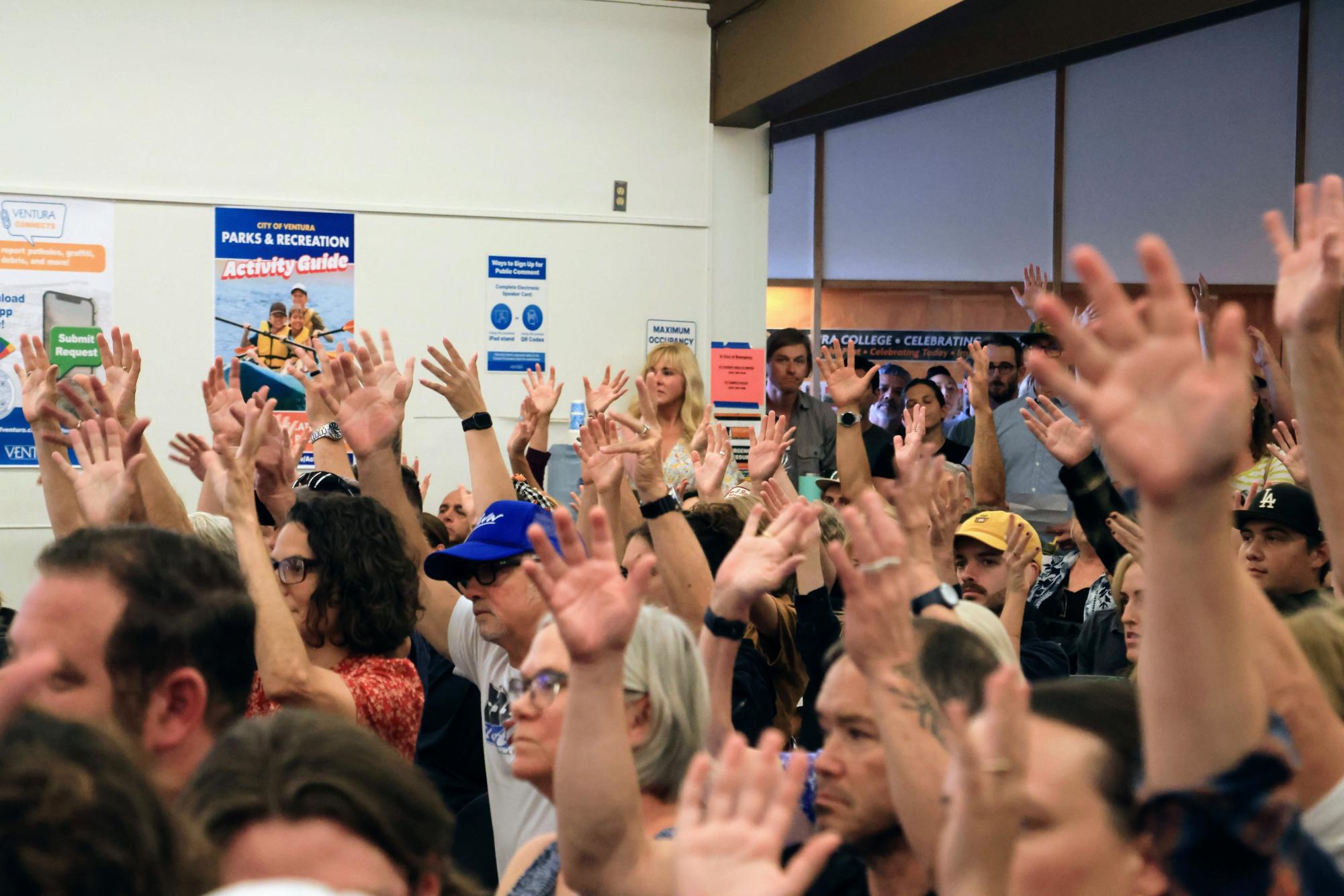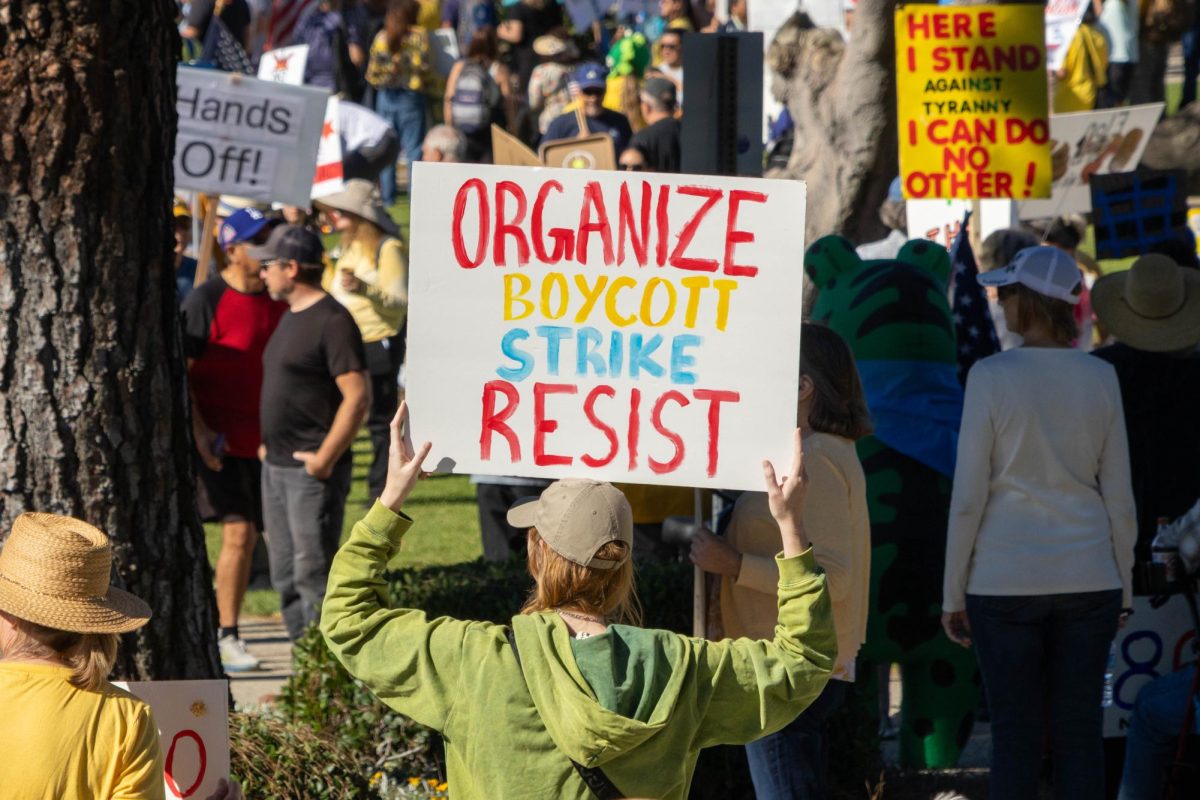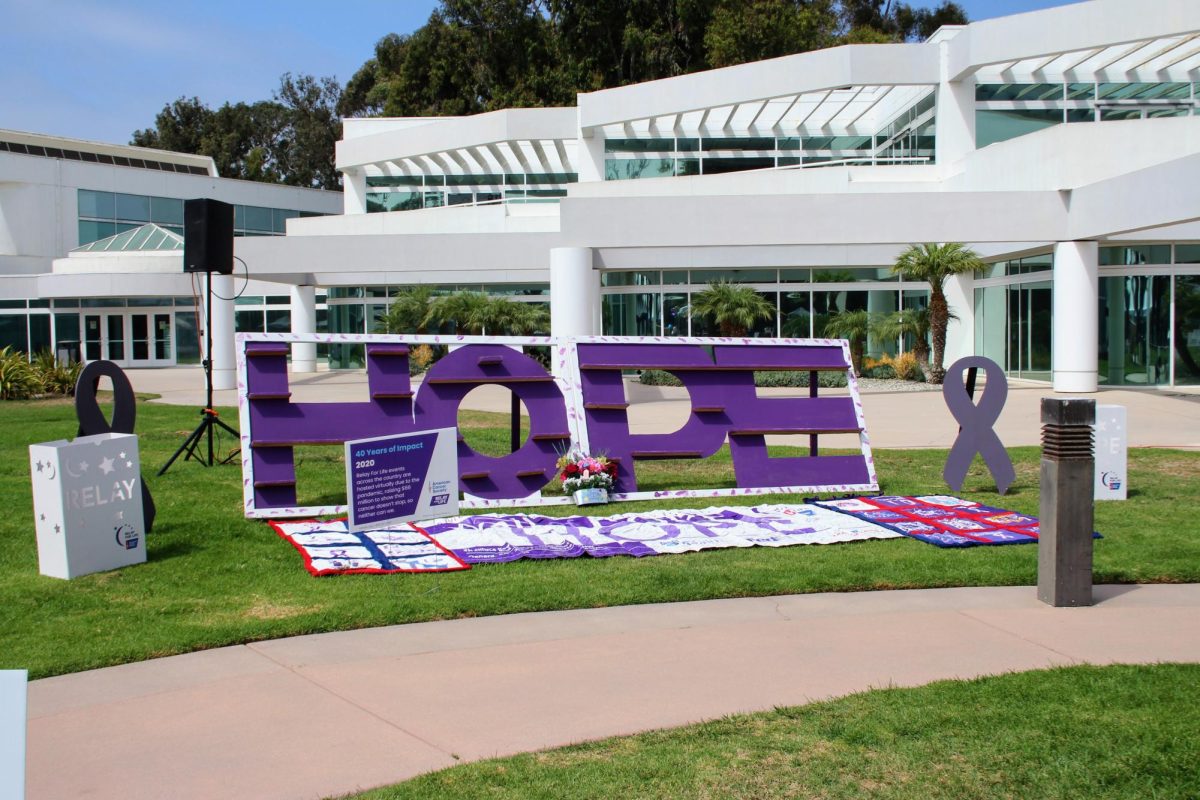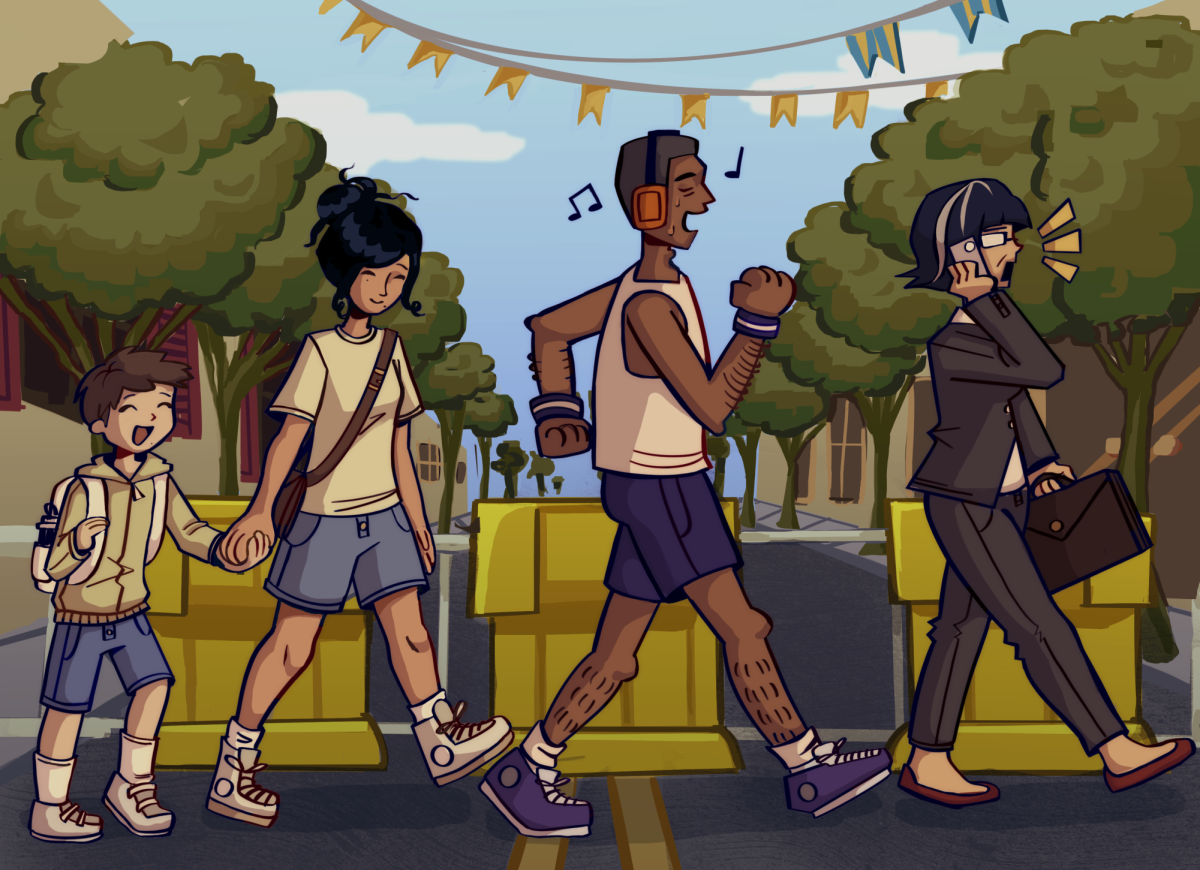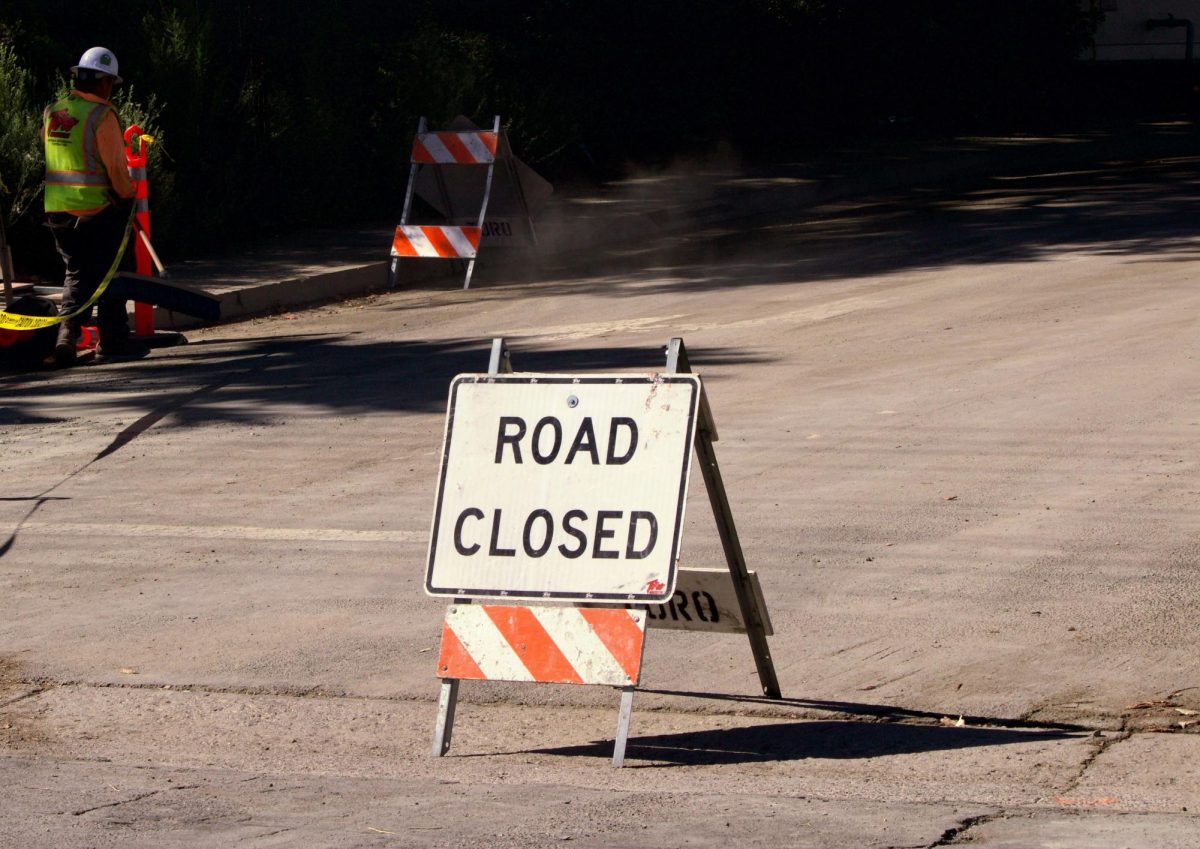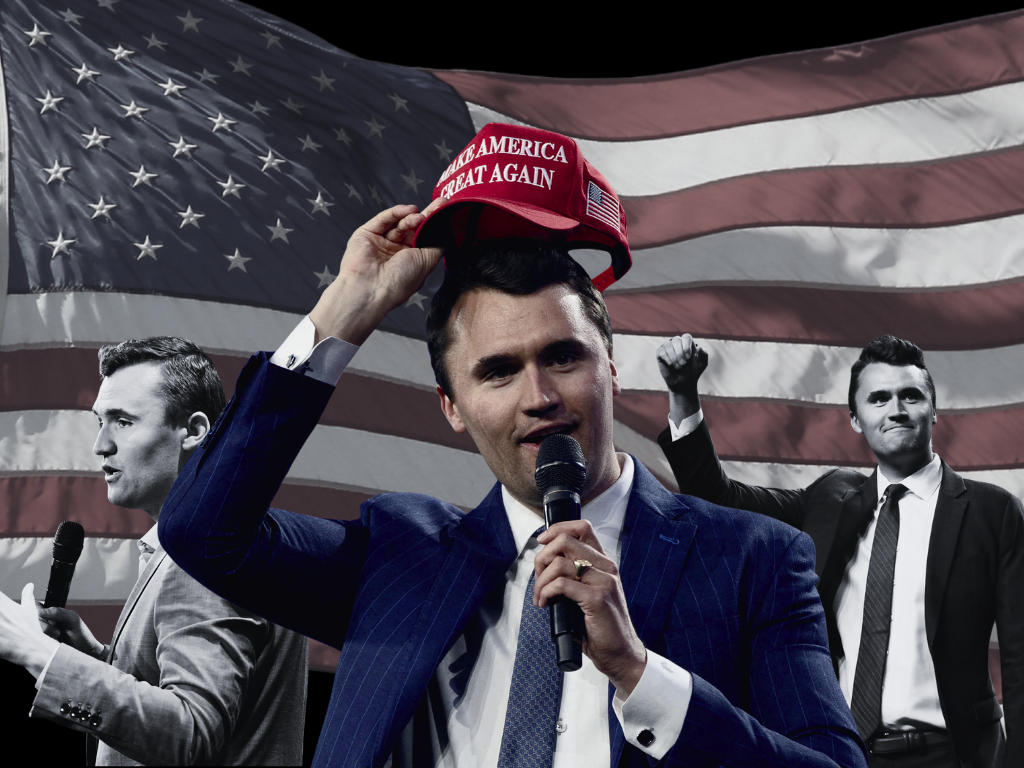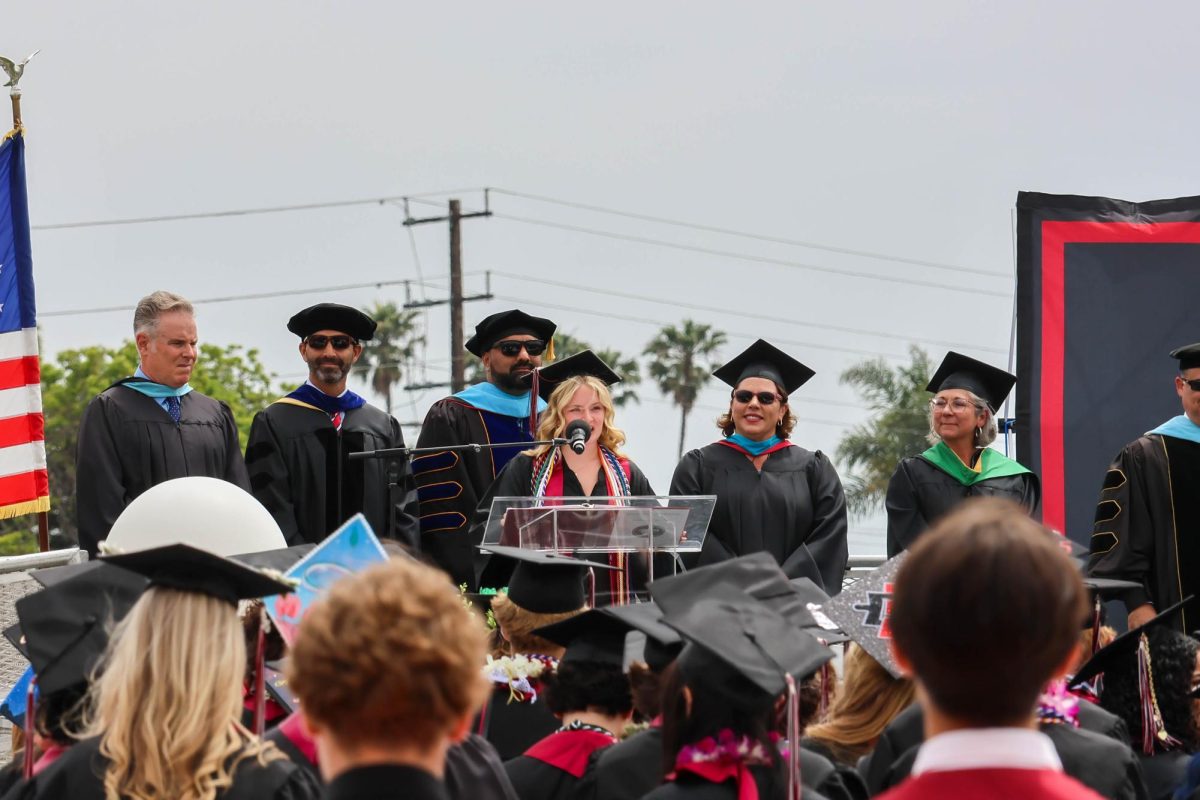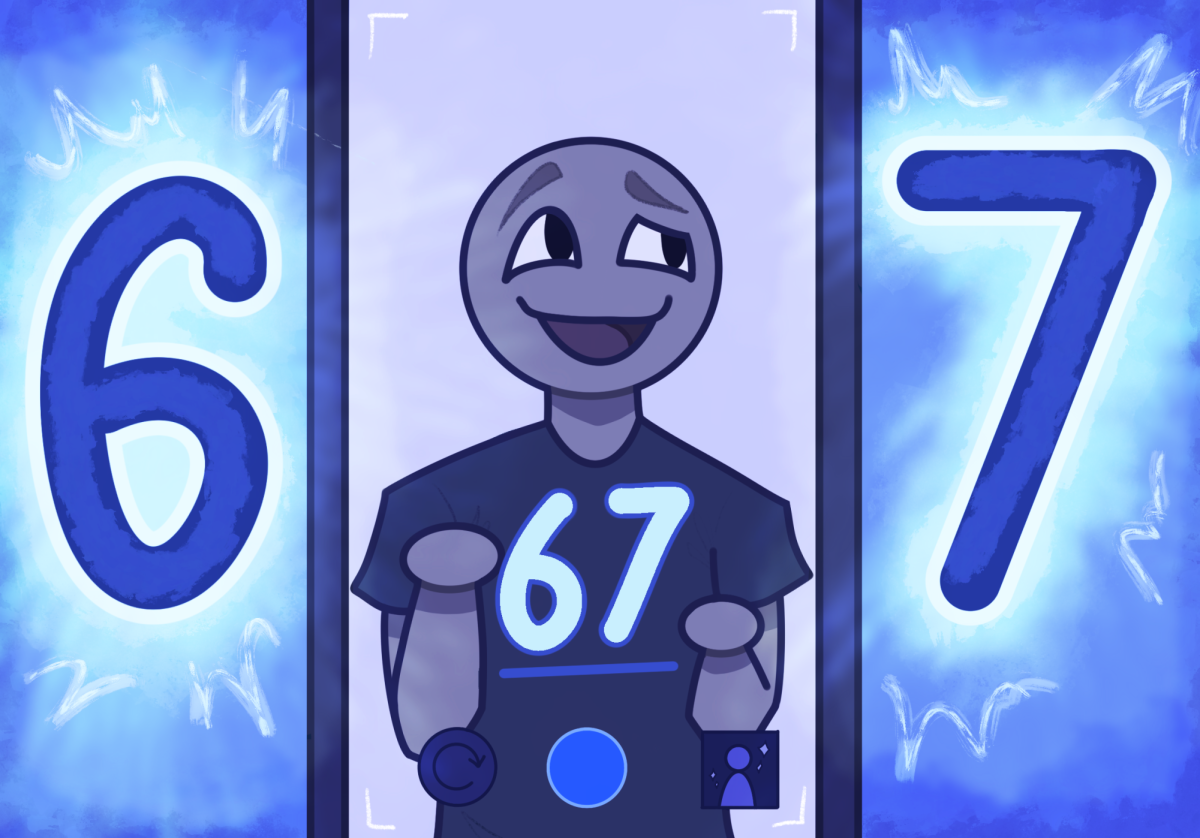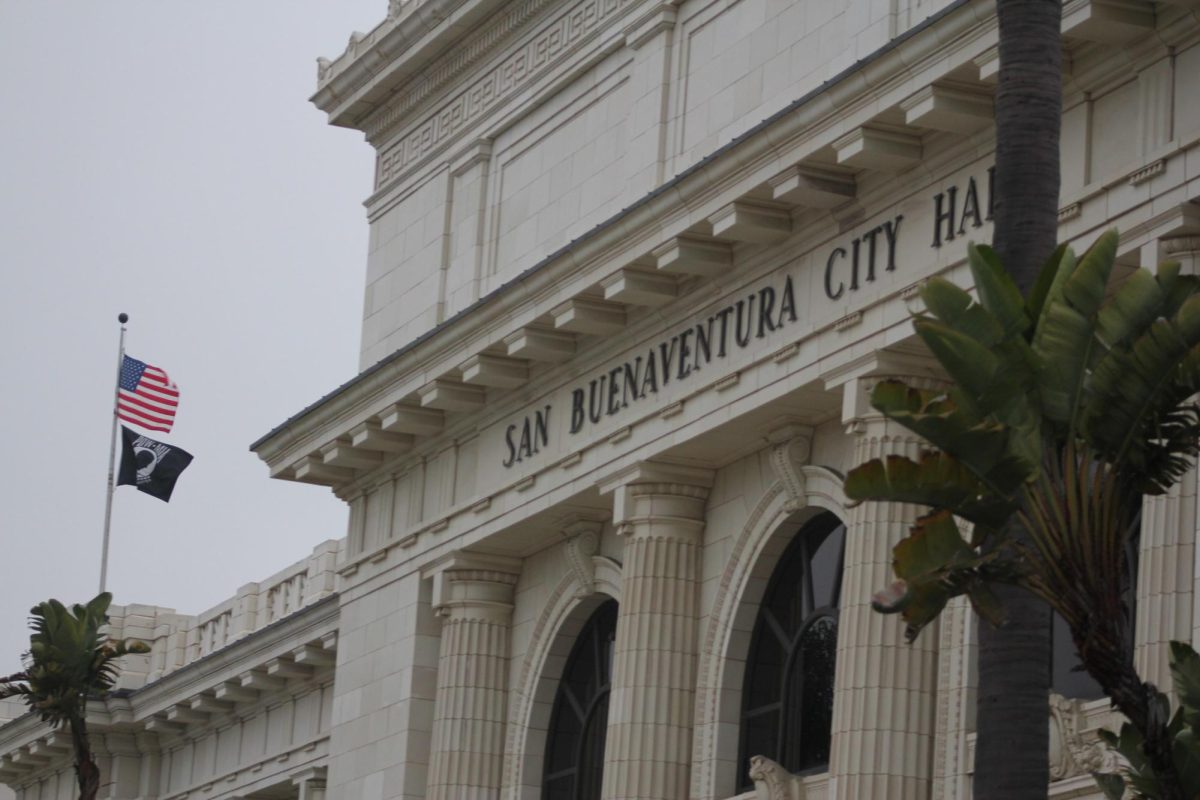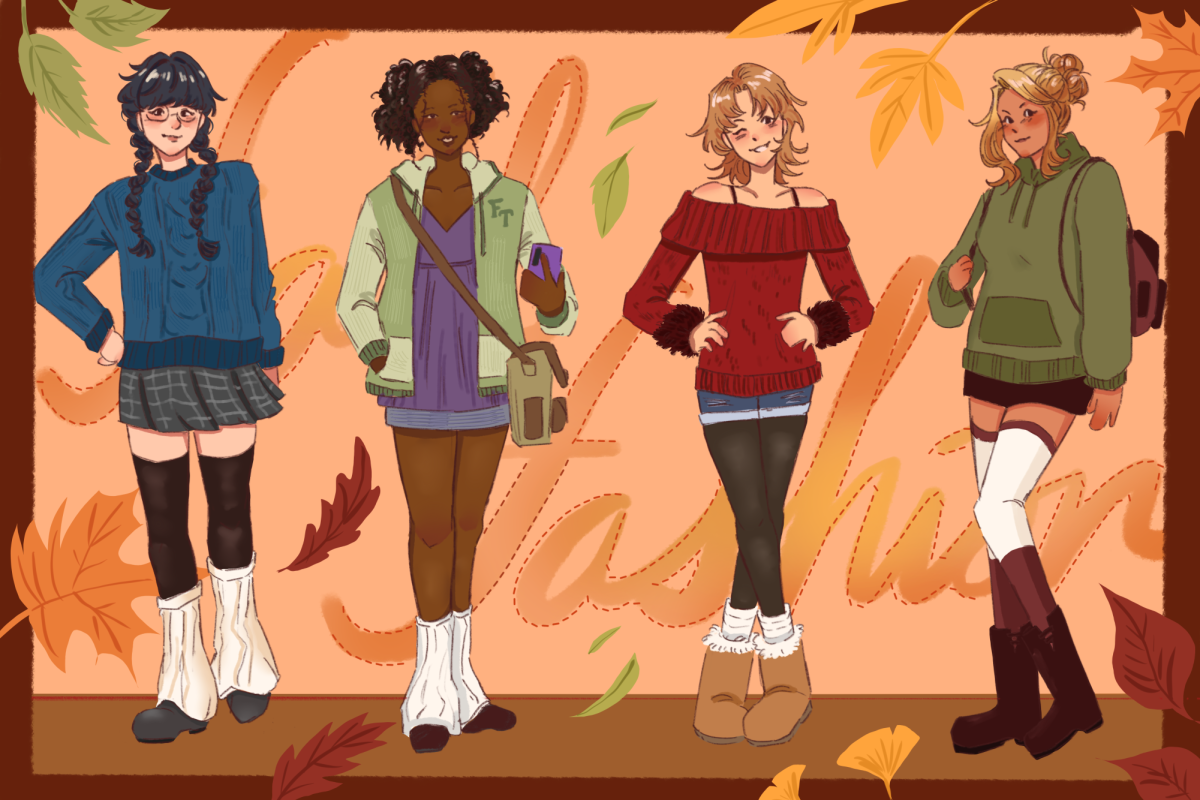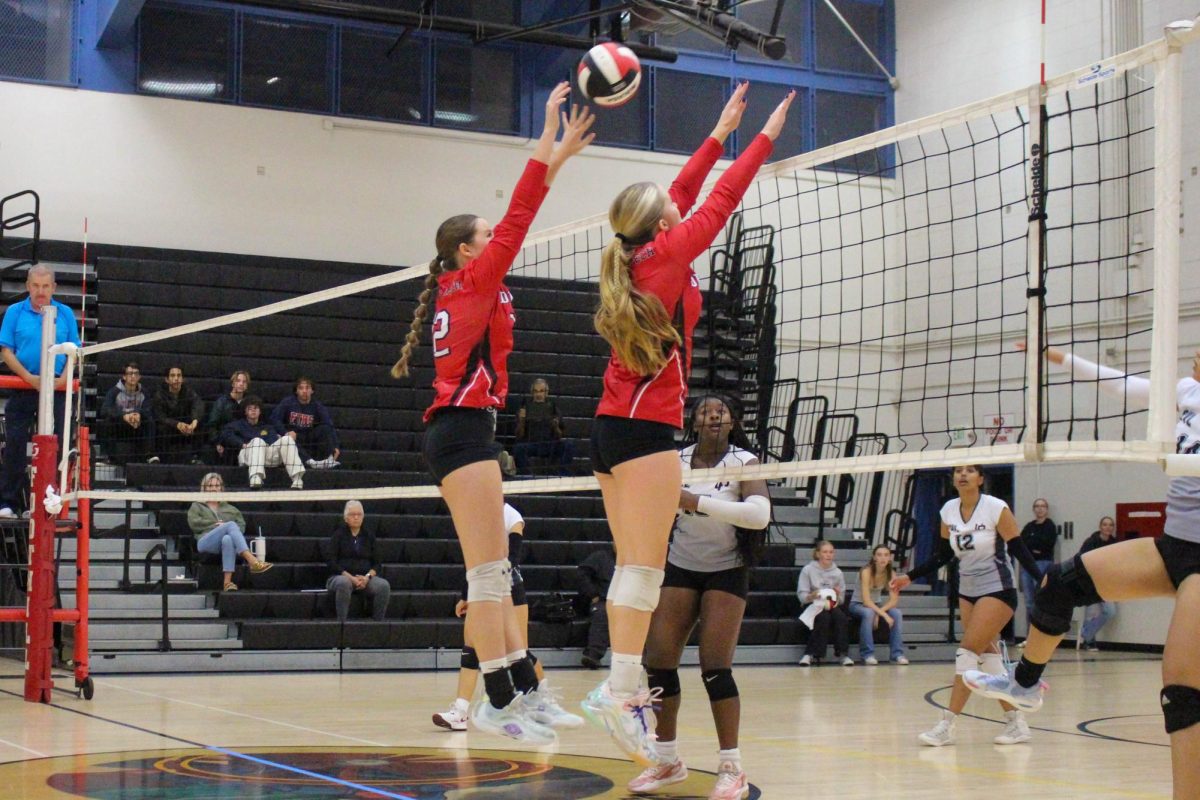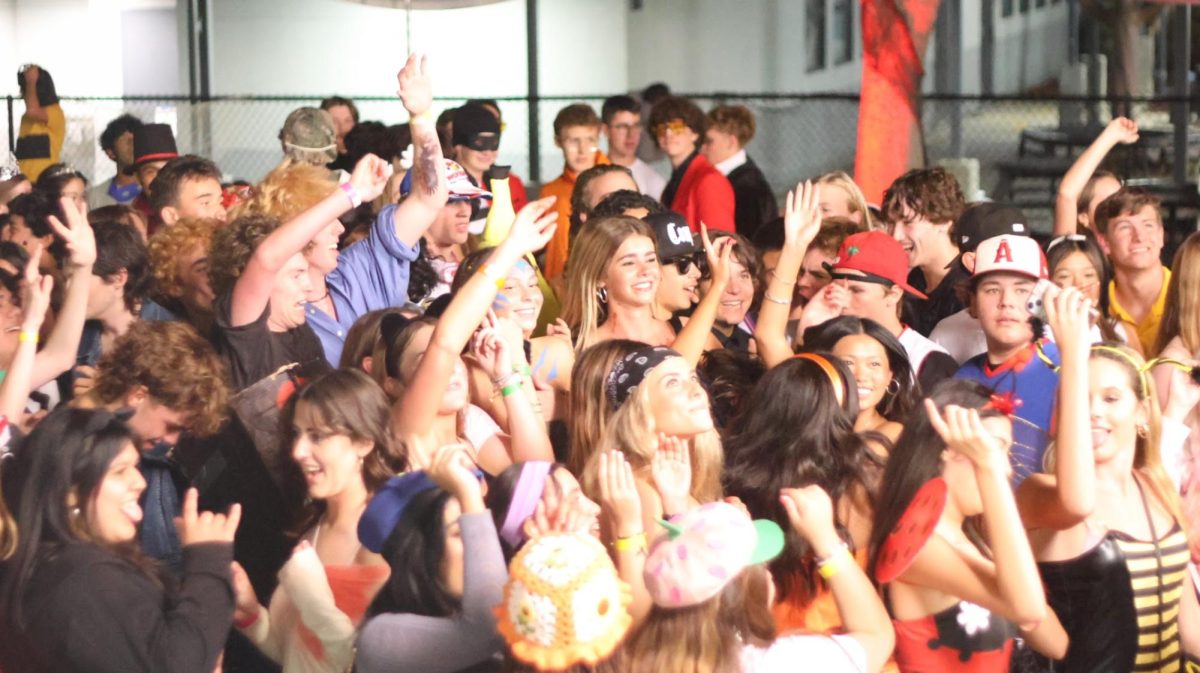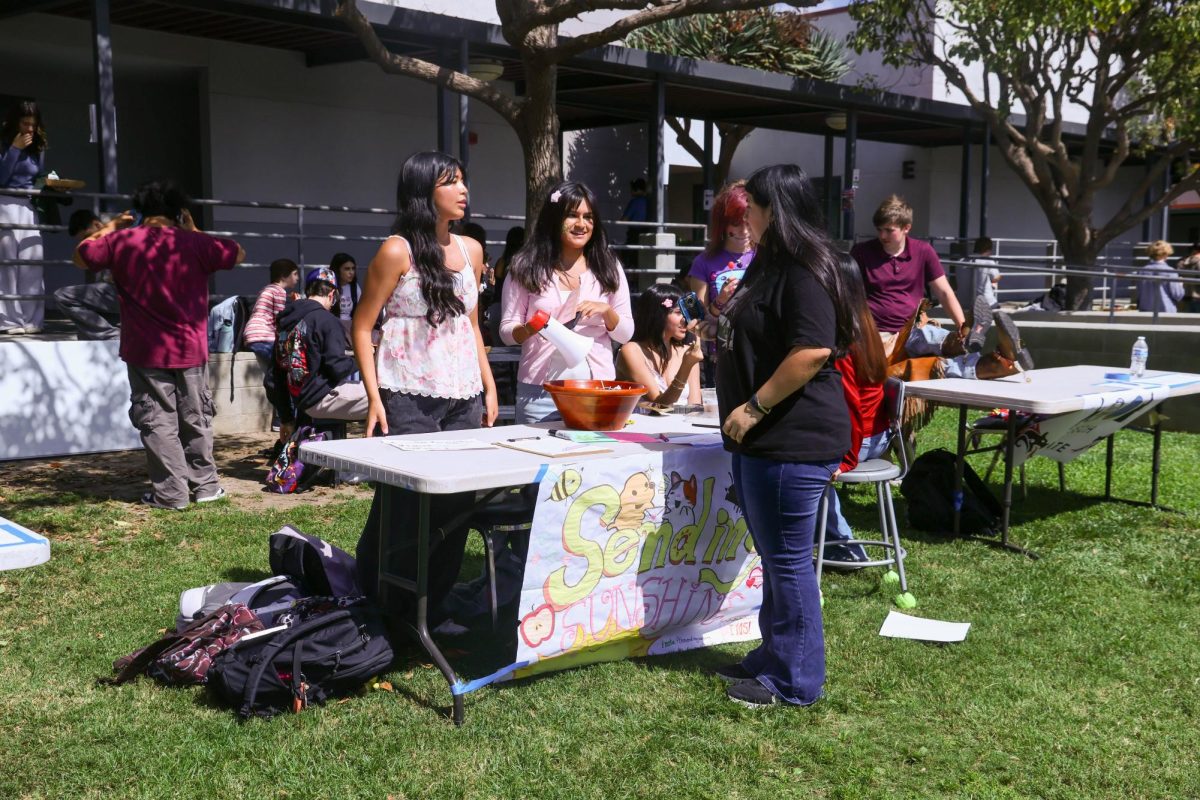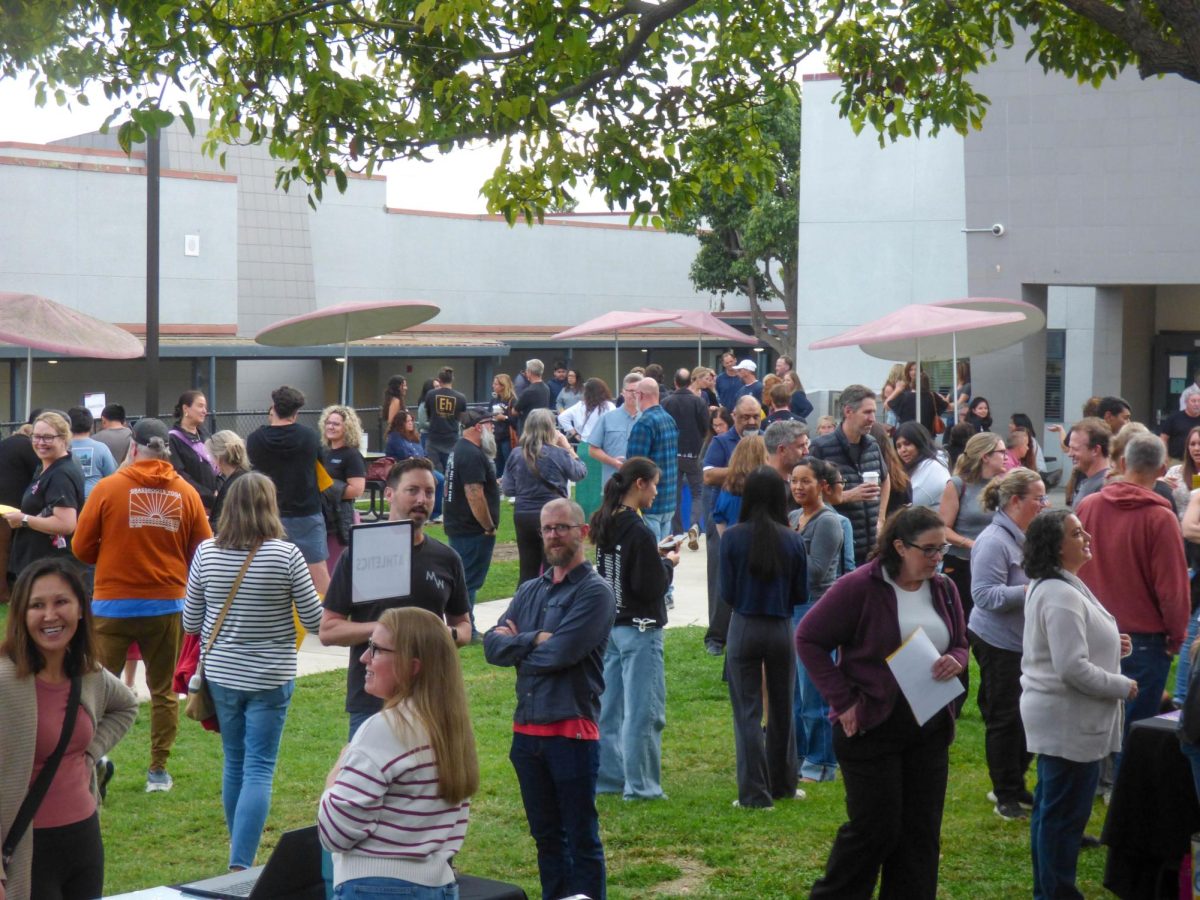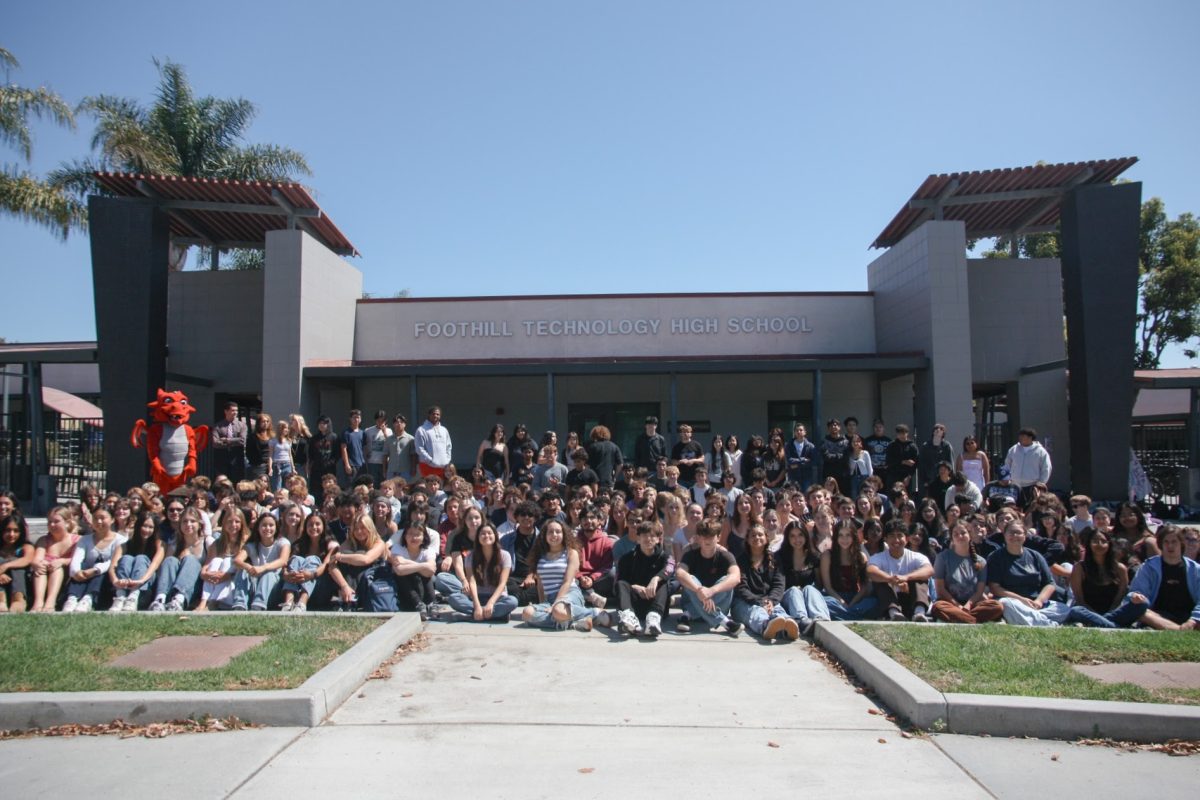The Ventura City Council made a final decision on Sept. 16, 2025, to permanently close off a section of downtown Ventura to cars. The council voted in a six-to-one ratio, ending a five-year-long debate on the future of Main Street Moves.
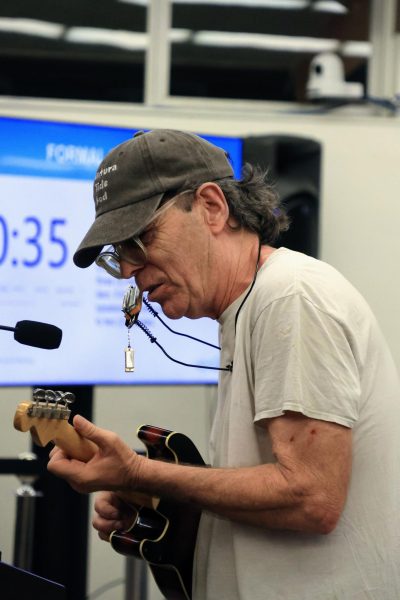
At 5 p.m., the Wright Event Center, located on the west side of Ventura College, filled to the brim with enthusiastic community members eager to witness the pivotal and long-awaited resolution.
Simon Reyes said that he “wanted to help support Main Street Moves staying closed to traffic.” Additionally, Reyes explained the importance of the “pedestrianized” area, highlighting his personal preference as well as how it is “helping keep [the downtown] economy alive.”
Reyes’ support of option B, along with the 74 public comments praising Main Street Moves, almost drowned out opposing voices. Only four voices advocated for different courses of action. They did not represent the entire opinion of Ventura; however, they significantly influenced the atmosphere of the meeting.
Four options were given to the city council, and option B — to keep Main Street closed — was amended and approved. This selection originally required no additional council action nor businesses to rebuild parklets. However, led by Councilmember Bill McReynolds, the council revised the decision. Changes included revisiting topics in the ruling, such as the Vision Plan and the Coastal Development Permit, and removing the requirement to build new parklets before the council has resolved Open Main Street vs. the city of San Buenaventura.
This lawsuit has millions of dollars on the line for the city, initiated by some property owners within the boundary closed to cars. Businesses are not required to build parklets until then because the investment in a permanent pedestrian mall could be lost if the city loses the case.
The other three options presented to the council were as follows.
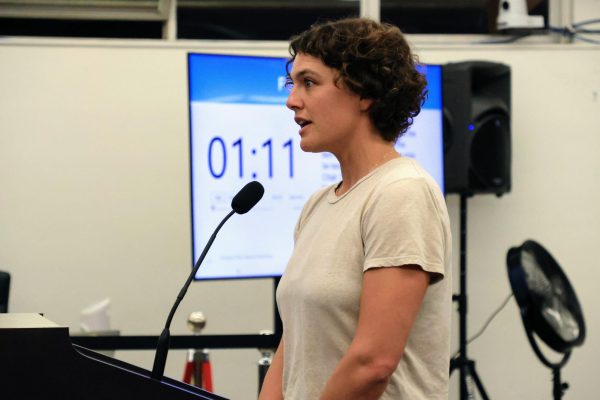
Option A would have effectively re-opened Main Street to cars by Nov. 3, 2025. This ruling would restore 196 parking spots and bring back car and bike traffic.
People who supported this, such as Bryce Bryan, the owner of the downtown theater, provided the amount of vacancy rates to back their opinion. “With the closure … we have a vacancy rate of 20 percent,” Bryan said.
Option C was the hybrid or flex model. This would entail a seasonal or weekend closure of the street and keep it open at other times of the year or week. The Vision Plan would have had to be modified if this were the final ruling.
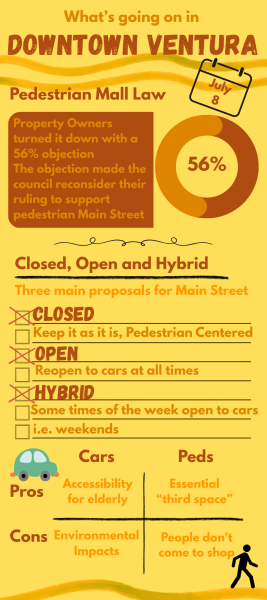
Stephen Schafer, a supporter of option C, said he came to the meeting because he noticed how everyone has been “polarized on one side.” He explained how he thinks a hybrid model would satisfy both sides. Schafer also added that he’d “been [downtown] on weekdays … and it’s dead.” He argued that weekend-only closures would reap the most benefits of both an open and closed downtown.
Option D had no support from public commenters. It would have reduced the boundary of the closure to two or three blocks. The farmers’ market, a point of contention, would be maintained.
Ultimately, the council chose to keep the street closed to cars. So, what are the next steps? Where does the city go from here?
The council still has many decisions to make in the future. For instance, as mentioned previously, various plans and permits surrounding the issue must return to the council for approval, under the amendments made by Councilmember McReynolds.
“I think we need to take action on budget-worthy aesthetic changes,” said Whitney Reed, owner of Findings Market, a retail shop downtown. She referenced some major implementations drawn out in the Vision Plan, one of the pieces of legislation referenced in McReynolds’ amendments, such as furniture and an entrance. The Vision Plan was presented to the council members as well as the audience.

